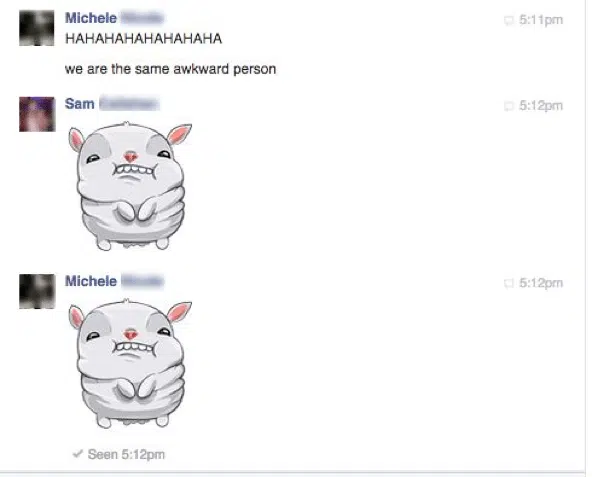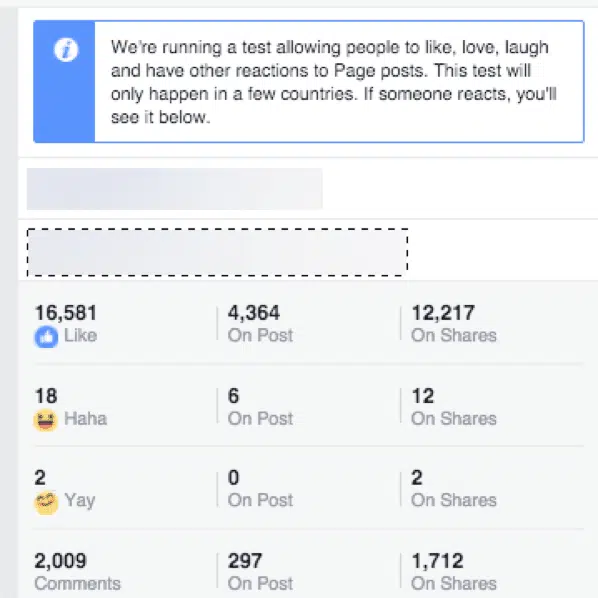Well, it’s not the “dislike” button that everyone thought was coming, but Facebook recently announced that it was starting to test a new addition to its infamous “like” button.
Meet Reactions, Facebook’s attempt of the wildly famous emoji trend. While some iPhone emojis do translate over to this social platform, it will now be easier for users to express how someone else’s post makes them feel. According to a video post from Chief Product Officer Chris Cox, these new emoticons will appear on mobile when you hold the ‘like’ button. Similarly, in PCs, it will come out when you hover your mouse.
The “like” button on Facebook was introduced in 2009, which gave users a way to give positive feedback, offer support, and connect with our friends without the commitment and effort of actually writing out a comment. About six months ago, Facebook began experimenting with the new reactions because sometimes a “like” just doesn’t quite sum up our feelings accurately. The company decided to use facial expressions and paid special attention to small details, for example, the arch of the eyebrows, because they are easiest for people to recognize and process.
Like it or not, Facebook’s newest feature will change how its users will interact within this social network. Learn how reactions will change your experience on this social media platform below.
1. Can I finally dislike something?
While Facebook is giving you more ways to express your emotions, you still won’t be able to “dislike” anything. Facebook decided against a dislike button because they want to avoid injecting negativity into the social media platform. “It’s not a dislike button, but it does give you the power to easily express sorrow and empathy — in addition to delight and warmth,” Mark Zuckerberg posted on his fan page. Instead of showing your dislike for a friend’s post, you can express yourself with the traditional like button, along with love, haha, yay, wow, sad, and angry buttons.
Source: Facebook
2. Why did Facebook choose these emotions?
According to Facebook, these new additions to the like option are a direct reflection of its users. The company used data that included the most frequently expressed one-word comments plus the sticker comments used the most to help choose which emojis made the initial cut.
3. How will it help my business?
For companies and people who manage Facebook pages, these reactions can be extremely helpful to learn more about their consumers. By adding Reaction counts within the page insights tool, anyone who runs a Facebook page can learn more about how posts makes their audience feel. Having this data can help you market better to your company’s target audience. If you’re not getting the reactions you had hoped for, then you may have to rethink your content strategies.
Source: The Next Web
While this new feature can help businesses gain more insight into consumer preferences, it is not yet known if businesses will have the option to hide reactions on their page. This could potentially hurt clients if one of their posts causes a Facebook user to use the angry or sad emoticon.
4. When will I be able to try it out?
Unless you’re currently living in Ireland or Spain, you’re going to have to sit tight to try this new feature out. Facebook Director of Product Adam Mosseri said these two countries were chosen because they don’t have large networks of international friends, which makes them perfect for a test group.
Are you excited to try these new reactions, or are you unimpressed with Facebook’s upcoming update? Do you think Facebook’s new Reaction feature will feed into your obsession with social media? Let us know what you think below!

